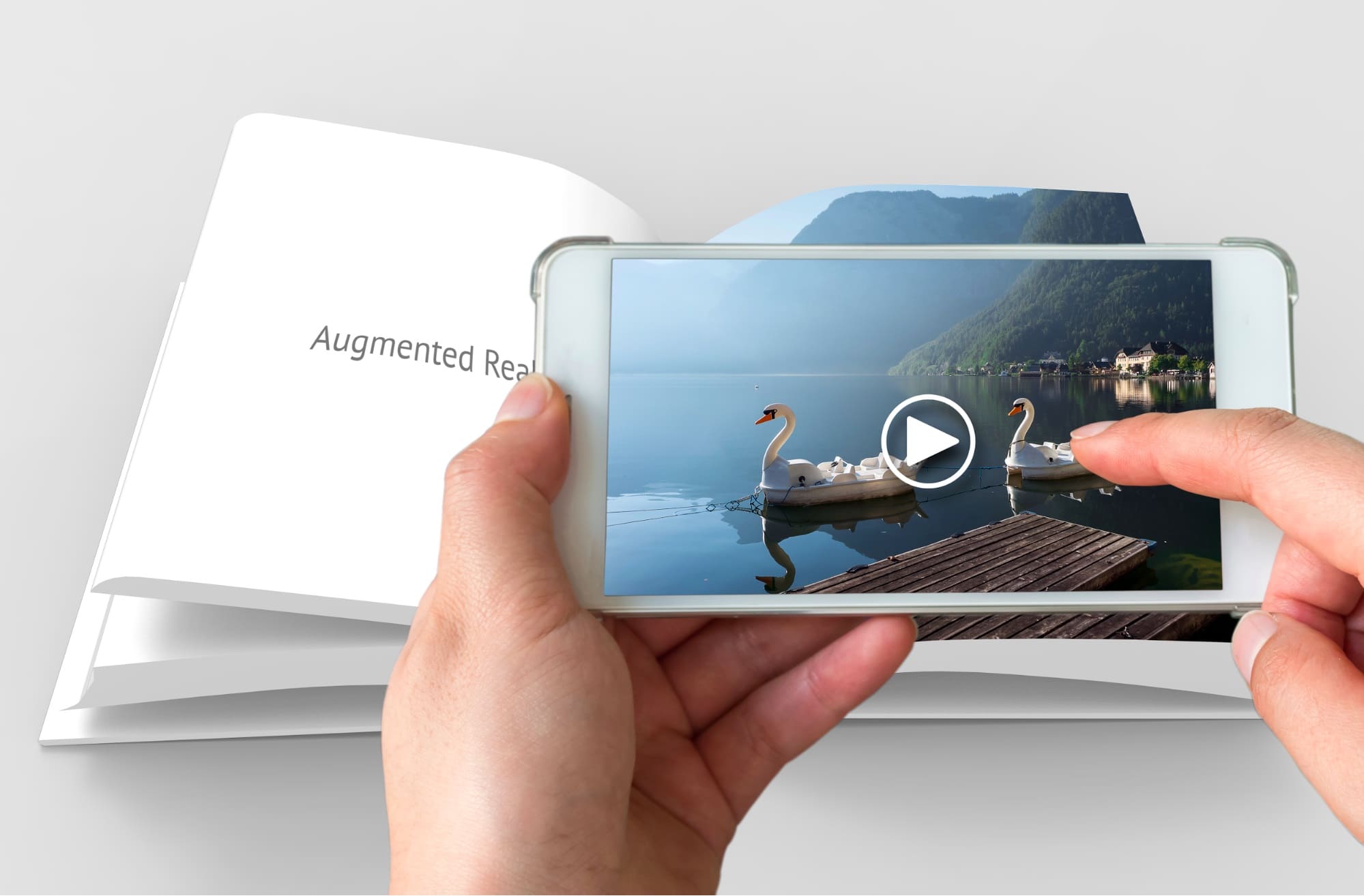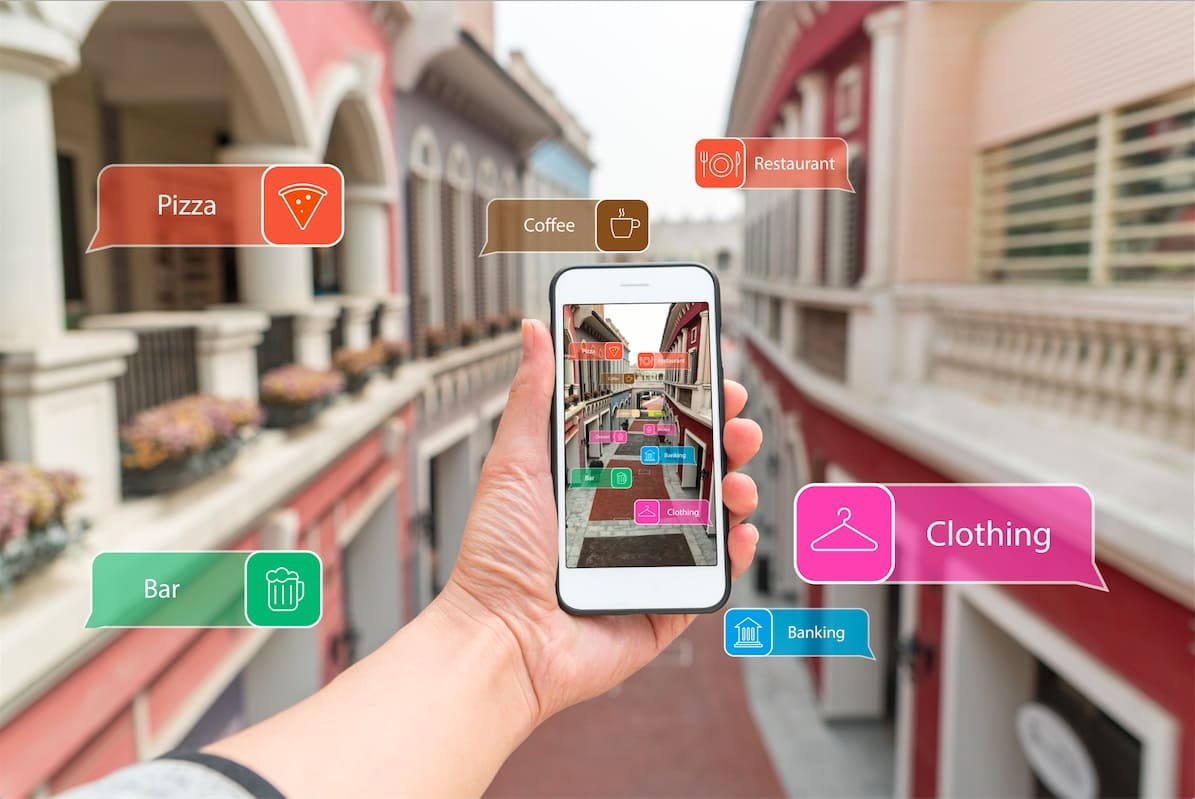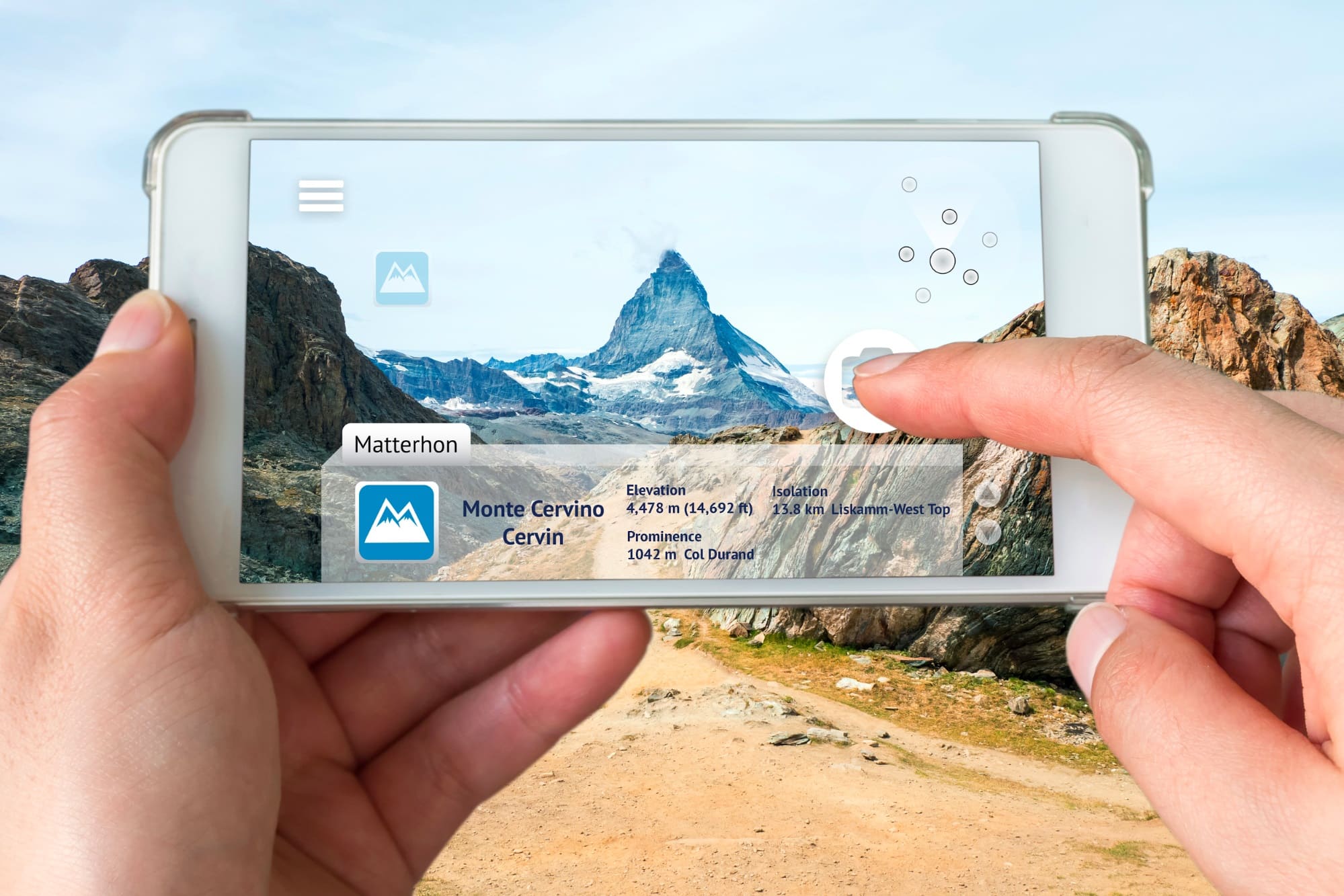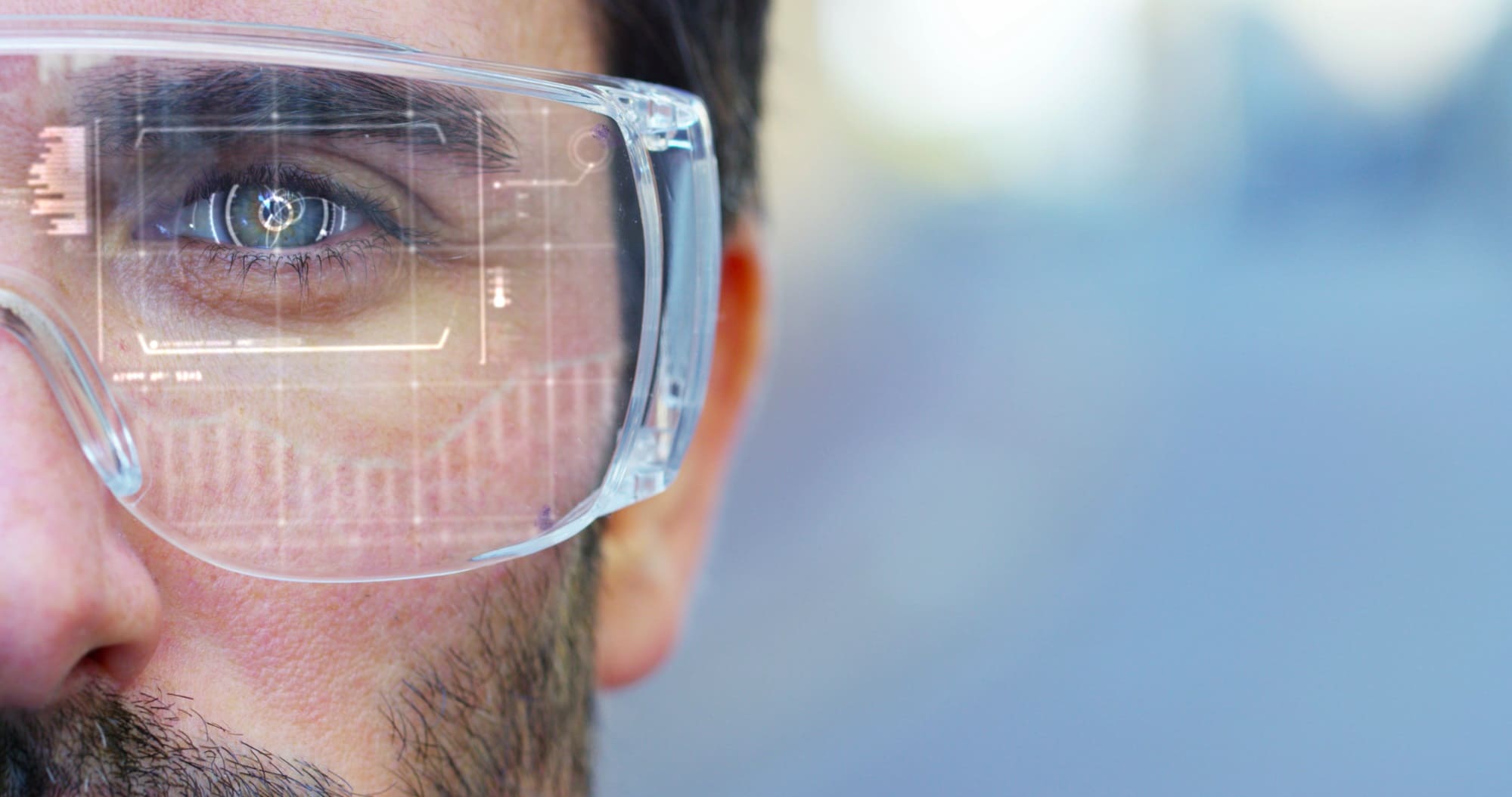The Future of Technology Is Here, And It’s Called Augmented Reality
The ways in which computer technology is redefining our perceptions of reality is staggering. By now, Artificial Intelligence is a subject of common knowledge. Most people have at least heard of Siri and many of us speak to Siri everyday.
Virtual Reality has been around for quite some time, as well. The images of people exploring imaginary realms and playing interactive games with VR are also fairly familiar. As technology seems to advance, seemingly without limit, the next phase of reality altering technology is upon us and has interesting applications in the bulk material handling industry with load cells, pneumatic conveyors, and vibratory feeders.
Augmented Reality will help us see the world around us in striking, new ways. Everything, from a simple trip to the supermarket to the ways doctors will treat patients, will be impacted, and possibly transformed, by Augmented Reality.
Augmented Reality Defined

First Things First: What Exactly is Augmented Reality?
Historically, Artificial Intelligence always appeared to be the extreme of technological dreams and nightmares, with our visions of “thinking” computers. The idea that computers could make decisions and adapt to situations in ways that mimic the human mind has always seemed the outer limit of technology.
However, these outer limits have begun to enter our lives with Augmented Reality, which goes beyond computer driven ideas and images. Augmented Reality literally enhances our world- our lived experience— with images, sounds, sensations, and smells.
AR involves systems which process data and then learn from that data in the manner of a human mind. Augmented Reality, “…is a technology that layers computer-generated enhancements atop an existing reality in order to make it more meaningful through the ability to interact with it.”
Much of this has been developed in gaming systems. For example, Pokemon Go, which places animated characters on your mobile phone screen while you walk around the neighborhood is an example of AR.
We have already seen some of the applications of Augmented Reality in television, as well. The yellow line projected onto the football field to show us the first down marker is an example of Augmented Reality. A computer generated graphic is projected onto an actual physical space, “augmenting” the reality.
Augmented Reality enhances our real world by projecting images, sounds, and sensations onto the world we are actually living in. For example, using technology built into smartphones, a body-mounted camera, and triggers on our fingers, we could look at an item in a physical store and, with a flick of the wrist, see a computer generated visual of all similar items available. Or we could see recipes and full cooking demos as we look at food in the grocery store.
AR can take the place of real things. For example, a company called SixthSense has developed a system which can project an actual watch onto your wrist so you can tell time without having anything physically on you. The experience of wearing a watch, and the function of the watch, are replaced by Augmented Reality.
Put simply, Augmented Reality works by projecting images of virtual objects into our physical world, with the purpose of enhancing our experiences. In industry, this may be useful for fixing large machines. If a machine is able to project an image of its internal form into the physical world, an engineer may be able to more easily diagnose where the root of a problem lies, without having to dismantle the equipment to search for it.
AR is Primarily Used in Three Ways:
- AR projects 3D images into the environment without the use of trackers (specialized objects on which computers can project images). IN AR, the image is projected directly.
- AR enriches already present computer displays, such as the examples above, in which the object we are looking at is augmented with a set of images which explain or provide further information about the object. In manufacturing, CAD drawings of forgings and die castings can be created and viewed within this Augmented environment.
- AR changes the gaming world. Again, the best example is the Pokemon Go craze, in which players could walk around otherwise normal environments and see images in those environments which only exist in computer generated spaces.
How Does Augmented Reality Differ from Virtual Reality?

All of this may sound vaguely familiar and remind us of Virtual Reality. Augmented Reality needs to be distinguished from Virtual Reality. The basic difference is that Virtual Reality consists of a computer generated simulation of the real world.
Picture those head mounted goggles in which another world is made to appear quite real but exists only in a computer generated environment. Augmented Reality, by contrast, actually comes into the world in which we are already living. The computer generated images and information exist next to or on top of real things in the world around us.
Again, a great example of this is PokeMon Go. While playing this game, people walk around in very real geographical spaces, all the while looking at and playing with computer generated images which correspond to those real places.
The Amazing Applications & Possibilities

The technology described above, like that of SixthSense, is actually quite advanced, and requires at least a few pieces of special equipment. Because of this, we are more likely to use Augmented Reality systems built into our smartphones in the immediate future.
There are already AR-using apps for iPhone and Android. Programs such as Layar, already in use in the Netherlands, work with the phone’s camera and GPS, allowing users to get information about their surroundings. This program makes it possible to point the phone at a building or house and instantly have access to historical data, real estate information, and other details. Layar can tap into other photograph databases and Wikipedia, as well.
While Augmented Reality certainly does conjure images of the Star Trek Holodeck, the more realistic application is fairly down to earth. Imagine looking for a home and all you need to do is point your phone at a house to see all available information about that property. This type of situation is where Augmented Reality meets practicality.
The Competition In Augmented Reality

The two heavy-hitters in this emerging market are Google and Apple. Google has already attempted to get ahead in Augmented Reality market with Google Glasses. That system did not play out as hoped, largely because the market for Augmented Reality seems to resist implementing the technology if it is completely dependent on specialized equipment. What the Augmented Reality market really needs is a technological boost from an already established platform.
Apple has their system ready to move, and it is compatible with most of their existing operating systems. The “Apple ARKIt” will work with most existing iPhones, including some of the older versions.
This app will work with the iPhone 8 and the demos were, by all reports, pretty astounding. To name a few examples, the ARKit was shown projecting Augmented Reality images of SpaceX rockets blasting off from swimming pools and the performance of the old A-Ha video of “Take On Me”.
Meanwhile, Google is poised to compete with their own system, which is compatible with the high-end Samsung Androids. However, they face the challenge of developing a program which will operate with the vast diversity of Android phones and varying degrees of sophistication between each type of phone.
Implications for Healthcare

Beyond games and other practical everyday applications, the potential for Augmented Reality’s impact is staggering. Augmented Reality applications in healthcare have the potential to save lives. Having information immediately in sight, without searching using fingers and buttons, can be the difference between saving a life and losing it.
The Layar AR browser mentioned above can be installed in a smartphone so Automated External Defibrillators can be immediately visualized and found. Rather than looking around for an AED in an actual emergency, responders can simply look at a smartphone and see exactly where they are located, shaving seconds off of a deadly emergency.
Nurses can utilize the same technology to “see” veins in a patient’s arm when giving injections. The diagram and subcutaneous terrain under the skin will be rendered seeable by AR technology.
There is even technology in development which makes it possible for surgeons to create 3D images of tumors so they can visualize what they are doing in complex surgery with no invasive exploratory techniques.
The technological applications for health-related Augmented Reality can even give us digital contact lenses. The more realistic applications would be permanently correcting eyesight, obviously, but it’s fun to imagine how this application could be used for everyone. We could read and turn the pages of an ebook with the blink of an eye.
Conclusion
As with the adoption of so much of technology, the market for Augmented Reality has to coincide with already existing technology for it to truly take off. The possibilities for Augmented Reality are nothing short of astounding. The world of gaming seems to be the obvious application but, as we have seen, the applications for everyday life seem to be endless. Everything from a trip to the grocery to a trip to the doctor will be impacted and potentially transformed by Augmented Reality.
 Castings & Forgings
Castings & Forgings
 Bulk Material Handling
Bulk Material Handling
 Electrical & Electronic Components
Electrical & Electronic Components
 Flow Instrumentation
Flow Instrumentation
 Hardware
Hardware
 Material Handling Equipment
Material Handling Equipment
 Metal Cutting Services
Metal Cutting Services
 Metal Forming Services
Metal Forming Services
 Metal Suppliers
Metal Suppliers
 Motion Control Products
Motion Control Products
 Plant & Facility Equipment
Plant & Facility Equipment
 Plant & Facility Supplies
Plant & Facility Supplies
 Plastic Molding Processes
Plastic Molding Processes
 Pumps & Valves
Pumps & Valves
 Recycling Equipment
Recycling Equipment
 Rubber Products & Services
Rubber Products & Services